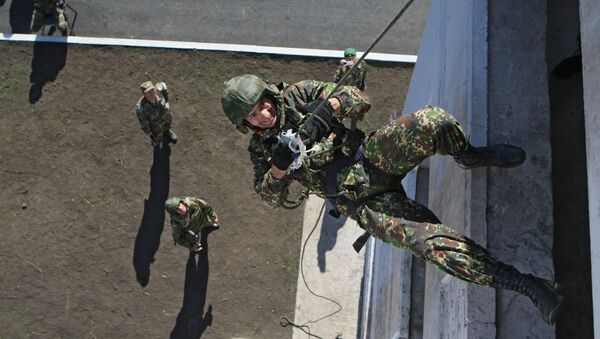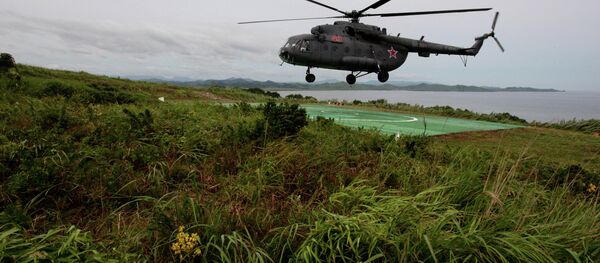The history of the country's Special Forces dates back to 1919, when special units were formed in Russia to fight enemies of the October 1917 Bolshevik Revolution.
The units included Russian Communist Party and Russian Young Communist League members who interacted with the All-Russian Extraordinary Commission for Combating Counter-Revolution, Speculation, and Sabotage, also known as the Cheka. In 1925, the special units became part of the Soviet Army.
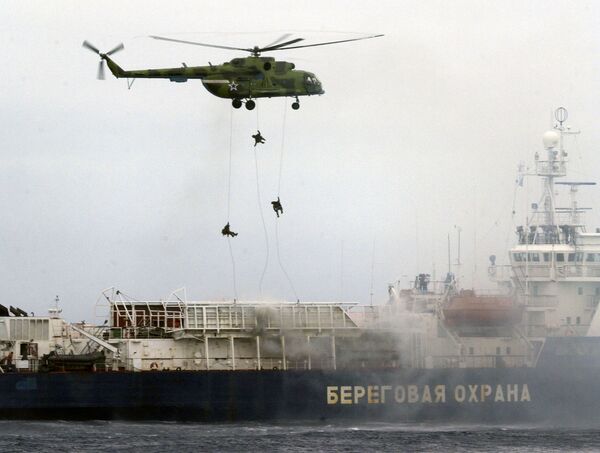
On October 24, 1950, then-Soviet Defense Minister Marshal Alexander Vasilevsky ordered the formation of special purpose companies within mechanized and combined armies; the goal was to train a contingent for conducting military operations behind enemy lines.

The personnel of the first special purpose companies were selected from army reconnaissance units. A total of 46 such companies comprising 120 people each were formed by May 1, 1951. All of them were subordinate to the Main Intelligence Directorate of the Soviet Army's General Staff.
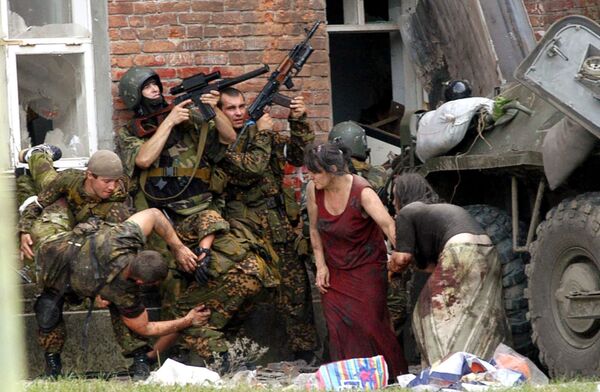
Their purpose was to organize and conduct reconnaissance, as well as uncover strategic objects in the enemy's rear and destroy atomic attack weaponry and other important facilities. The new units were also tasked with carrying out acts of sabotage, creating rebel (partisan) units, as well as searching for and neutralizing saboteurs.
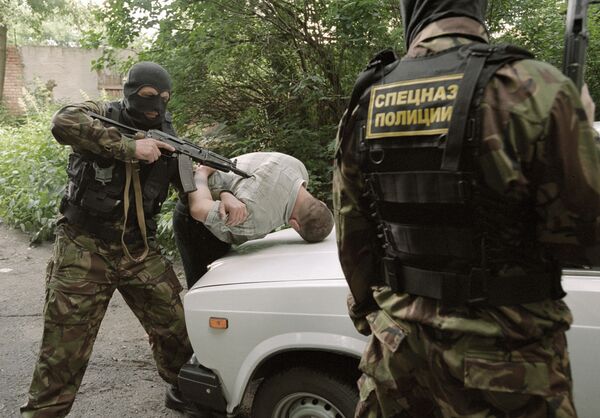
Spetsnaz units carry out missions both in wartime and peacetime, particularly during exacerbated international situations and during emergencies in Russia and beyond.
The Soviet Union's Special Forces were involved in an array of armed conflicts abroad. Their first major overseas operation was held in 1968 in Prague, the capital of then-Czechoslovakia. The Soviet Spetsnaz units also took part in military operations in Angola, Mozambique, Ethiopia, Nicaragua, Cuba, Vietnam and Afghanistan. In total, the Army Special Forces sent their troops to twenty countries in Asia, Latin America and Africa.
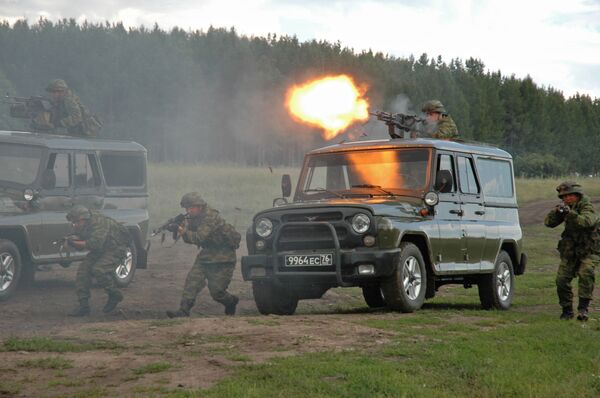
Currently, the Russian Special Forces include paramilitary units related to the Russian Security Service, the Interior Ministry, the Defense Ministry, the Ministry of Emergency Situations, the Justice Ministry and other federal bodies of state authority, which have their own code names, such as Alfa (Alpha), Vityaz (Warrior), Vympel (Penannt), Rus (Russia) and some others.
These special force units deal with a variety of tasks which differ according to their department affiliation, including intelligence or counter-intelligence, sabotage, anti-sabotage or anti-terrorism activities as well as the search, seizure or destruction of terrorists, hostage release or rescue operations, the maintenance of public security, and the protection of VIP individuals or high-security objects, among others.

The main feature of the Russian Special Forces is their relatively small scale, excellent training, weapons skills, ability to use military hardware, and their mastery of the terrain. They are able to fight at any time of the day and despite any weather. Additionally they are daring and rely on surprise, initiative, speed, and coordination.
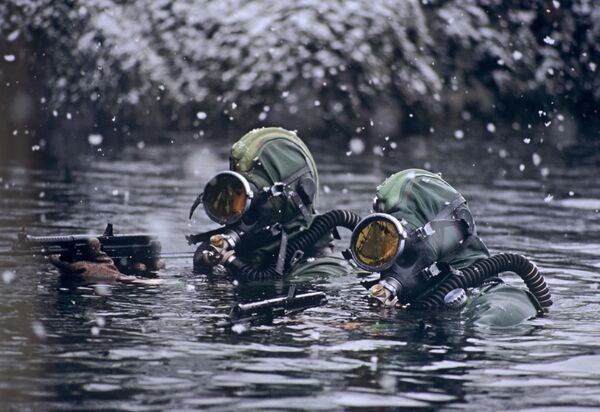
Currently, most Special Forces units include contract servicemen rather than conscripts.
The special units are equipped with the most advanced weapons and military hardware, including unmanned aerial vehicles, remote-controlled reconnaissance strike systems, night-vision devices and many others.
The Spetsnaz troops traditionally commemorate their holiday by holding a ceremony which takes place on the parade ground, where the best fighters are awarded and a festive concert takes place.

